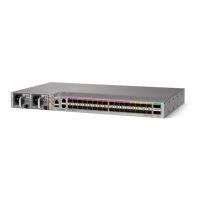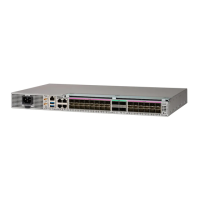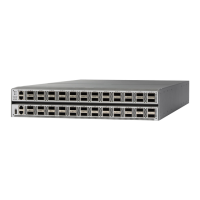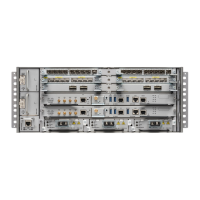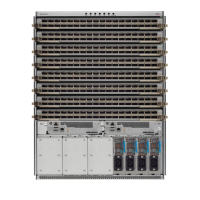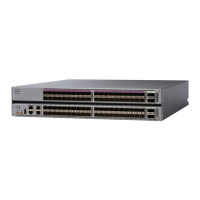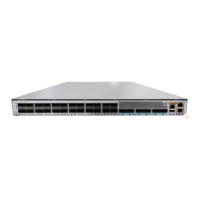• Provider (P) router—Router in the core of the provider network. P routers run MPLS switching and do
not attach VPN labels to routed packets. VPN labels are used to direct data packets to the correct private
network or customer edge router.
• PE router—Router that attaches the VPN label to incoming packets based on the interface or sub-interface
on which they are received, and also attaches the MPLS core labels. A PE router attaches directly to a
CE router.
• Customer (C) router—Router in the Internet service provider (ISP) or enterprise network.
• Customer edge (CE) router—Edge router on the network of the ISP that connects to the PE router on the
network. A CE router must interface with a PE router.
• How MPLS L3VPN Works, on page 2
• How to Implement MPLS Layer 3 VPNs, on page 8
• VRF-lite, on page 43
• MPLS L3VPN Services using Segment Routing, on page 47
• Implementing MPLS L3VPNs - References, on page 52
How MPLS L3VPN Works
MPLS VPN functionality is enabled at the edge of an MPLS network. The PE router performs the following
tasks:
• Exchanges routing updates with the CE router
• Translates the CE routing information into VPN version 4 (VPNv4) routes
• Exchanges VPNv4 routes with other PE routers through the Multiprotocol Border Gateway Protocol
(MP-BGP)
Major Components of MPLS L3VPN
An MPLS-based VPN network has three major components:
• VPN route target communities—A VPN route target community is a list of all members of a VPN
community. VPN route targets need to be configured for each VPN community member.
• Multiprotocol BGP (MP-BGP) peering of the VPN community PE routers—MP-BGP propagates VRF
reachability information to all members of a VPN community. MP-BGP peering needs to be configured
in all PE routers within a VPN community.
• MPLS forwarding—MPLS transports all traffic between all VPN community members across a VPN
service-provider network.
A one-to-one relationship does not necessarily exist between customer sites and VPNs. A given site can be a
member of multiple VPNs. However, a site can associate with only one VRF. A customer-site VRF contains
all the routes available to the site from the VPNs of which it is a member.
Read more at Major Components of MPLS L3VPN—Details, on page 52.
L3VPN Configuration Guide for Cisco NCS 540 Series Routers, IOS XR Release 6.3.x
2
MPLS L3VPN Overview
How MPLS L3VPN Works
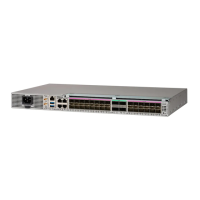
